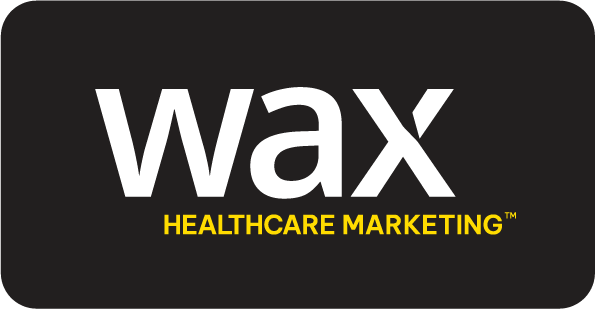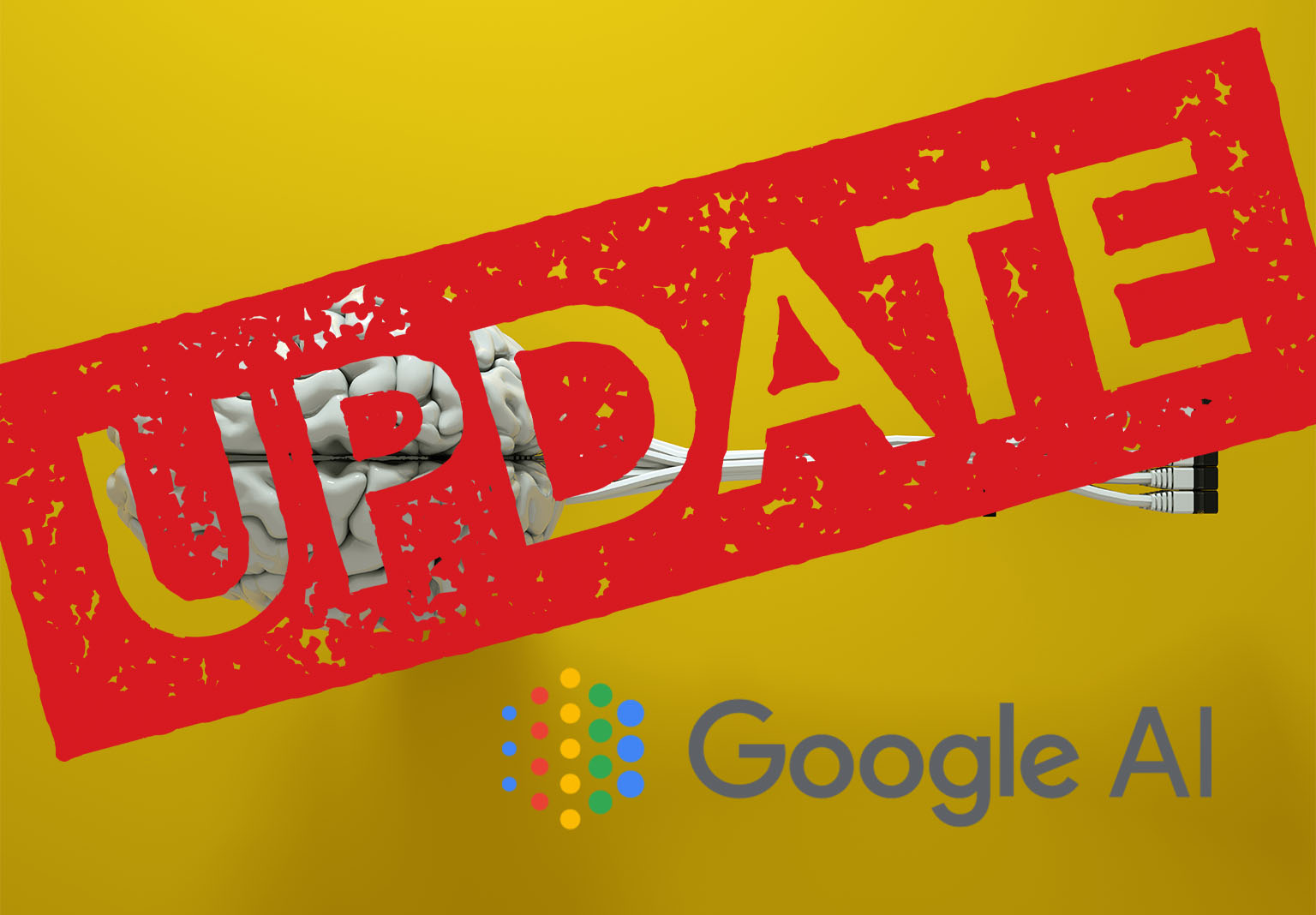Healthcare digital marketing is evolving faster than ever. 2025 isn’t just another year of change – it’s a turning point. Shifting regulations, political turbulence, AI breakthroughs and changing consumer expectations are shaking up the landscape. The brands that adapt will thrive. The ones that don’t? They’ll be left behind.
Here are six must-know trends to keep your digital marketing strategy sharp and competitive this year.
1. Learning to Speak GEO As Well As SEO
Health-related searches were one of the first segments to get widespread AI Overviews summaries from Google. And the numbers have jumped sharply in a matter of months. Back in June 2024, BrightEdge released data showing that 63% of health keywords searched on Google showed up on AI Overviews. By December 2024, that number was up to 84%. True, AI summaries (from Google and other AI providers, including ChatGPT and Perplexity) are now more likely to include source links. But early data shows that the number of referrals from AI-summarized results is some 10% lower than non-AI results. Estimates on the hit to organic search traffic for publishers range from 20-60%.
Do This: Your website content must be optimized for both SEO and the emerging necessity of Generative Engine Optimization (GEO). AI-powered searches are the future, and if you want to show up, you need to be found. Structure is EVERYTHING – proper headings, metadata, and semantic tagging aren’t just helpful; they’re essential.
But don’t get complacent. Search traffic is dwindling. Combat this by offering in-depth, detailed health content that entices users eager for comprehensive insights. This strategy positions you as a trusted authority and boosts your conversions. Push even further by addressing follow-up questions that users might have, providing even more value.
Not This: Don’t settle for robot-like copy – real, human-driven content is vital. Over half of consumers, especially millennials, can spot AI-generated text, and they don’t trust it. Your voice must resonate as authentic and high-quality – make sure it does!
2. Establishing and Maintaining Trust
The pandemic accelerated an existing trend, spurred by social media, that casts doubt on established sources of information. Healthcare consumers are turning to more raw, experience-centered sources, especially on social media. Authenticity is the crucial quality here. More organizations are working with digital-savvy doctors and other clinicians to share messaging. Edelman’s 2024 Trust and Health Report found that 83% of Americans trust their doctors to tell the truth about health issues, while only 45% said the same about healthcare CEOs.
Do this:
- Collaborate with medical staff to co-create marketing content that boosts authenticity and drives deeper engagement.
- Prioritize transparency—show how you protect patient information and share patient outcomes. Give your audience the power to make informed decisions.
- Tap into employee-generated content, like spontaneous behind-the-scenes videos, to showcase your organization’s true values in a raw, natural way.
Not this: Don’t overproduce or script everything to fit your brand. It’s tempting, but it kills authenticity. Sometimes, letting things stay a little rough and real is what resonates the most.
3. Navigating Social Channel Profusion
The ongoing drama around X, formerly Twitter, and the rise of competitors such as Threads and Bluesky, is just one example. Healthcare decisions are often group decisions and with families and friends spread across a host of social channels, it can be difficult to keep up. Smaller organizations are especially challenged since they can’t just take a blanket approach.
Do this: A multichannel mix is essential – ensure your healthcare brand meets patients where they are and maximizes your resources. Leverage data to identify top-performing channels, then refine your creative for maximum impact.
Not this: Don’t just copy-paste content across social media platforms. Stay ahead by adapting to each platform’s unique trends and audience expectations. Success on Threads, for example, comes from text-heavy, educational, and humor-driven posts.
4. Bringing Together Marketing and Operations
Investments in predictive analytics systems can pay off for both marketing and operations teams. Working together and sharing data on common platforms, while being mindful of HIPAA limitations, will help each group address pain points and take advantage of new opportunities.
Do this: Analyzing call tracking transcripts will expose barriers that stop patients from booking care. These insights unlock both operational solutions and powerful communication opportunities to drive action.
Reviewing average appointment times across locations can identify services or clinics that need a boost—while also protecting overbooked spots. Avoid patient frustration and delays by continuously adjusting based on real-time data. Coordination between marketing and operations is key to hitting your goals and delivering results.
Not this: Breaking down silos is a must. Marketing and operations need constant, clear communication, shared goals, and aligned metrics to succeed. Don’t wait—start setting those standing meetings and ensure everyone’s speaking the same language.
5. Making the Leap to Next-Gen Patient Journeys
Patients are more than ever doing their own research about their care before making an appointment. That looks like searches on WebMD and seeking out advice on social media. Increasingly, they are asking AI for help, too. Investments in marketing technologies, including customer data platforms and call tracking systems, can give you critical data on all the ways that patients interact with your brand.
Do This: Maximize every patient touchpoint. Repurpose your healthcare marketing into valuable educational materials – like sending rehab tips to a patient post-surgery. Encourage reviews to skyrocket your online visibility—especially for key local searches like “cardiac rehabilitation near me.” Positive reviews = more patients.
Not This: Negative reviews will happen, but don’t wait to respond. Speed is critical. Empower your team to check and act fast, addressing any criticism head-on and fixing issues that could hurt your reputation.
6. Telehealth Offers Opportunity for Patient Acquisition
Many healthcare orgs jumped reluctantly into telehealth simply to stay afloat during the early days of the pandemic. Despite lots of growing pains, virtual appointments seem to be here to stay. In Deloitte’s 2024 Health Care Consumer Survey, 44% of surveyed consumers said they had had a telehealth visit in the past year, and 94% of those people said they were willing to have another one. (The same survey in 2020 found that only 80% of those who had a telehealth visit wanted to do it again.) In the 2024 survey, nearly a quarter of respondents said that they would be willing to switch doctors to maintain access to virtual health options.
Do This: Telehealth is a game-changer, but many patients don’t realize the full benefits. Now’s the time to push marketing campaigns that highlight convenience, accessibility, and shorter wait and travel times. Rural and underserved communities are craving better access—capitalize on that.
Not This: Don’t assume patients understand how telehealth works or that it’s just as good as in-person care. The focus should be on selling the benefits, not just explaining the mechanics.
Let WAX Help You Navigate Uncertain Times
Having the digital marketing agency on your side is critical to staying ahead of the trends. Our team has the expertise to help guide you to today’s biggest opportunities, while avoiding hype-fueled overspend.










